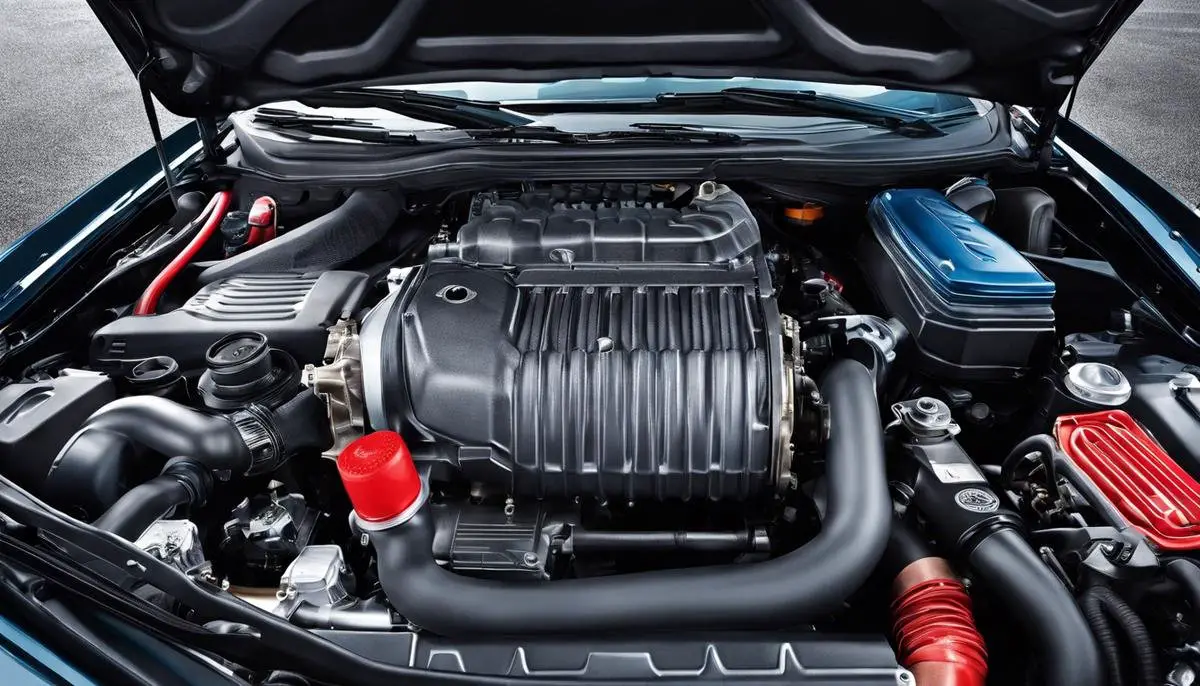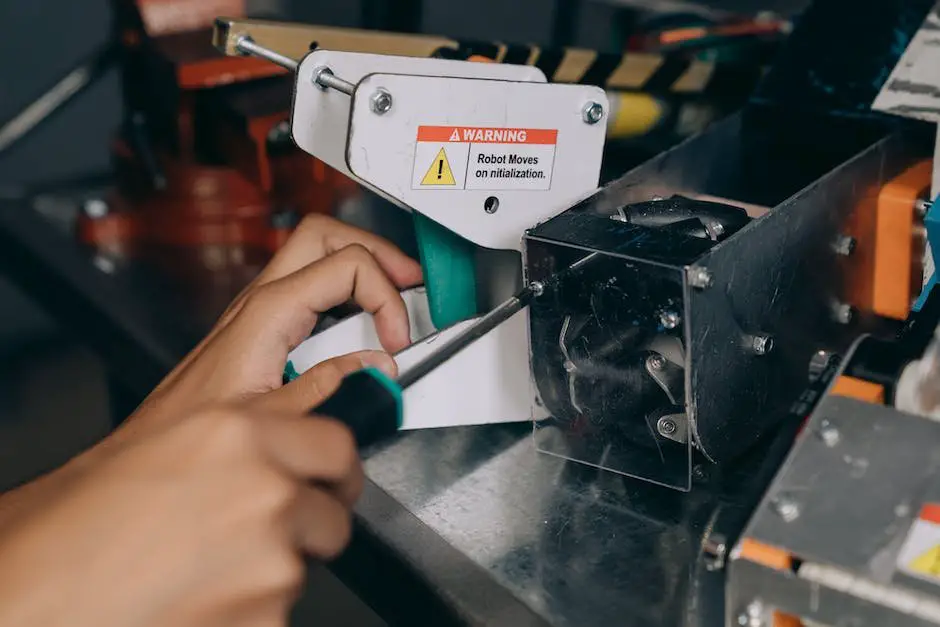
When winter's chill takes hold, there's nothing more comforting than the warm embrace of your car’s heater. But what happens when that gust of warmth turns into an unwelcome blast of cold air? The mystery of a heater blowing cold air in your car can be a frustrating and confusing issue to decipher. Whether you’re a casual driver unversed in the technicalities of automobile maintenance or a DIY enthusiast eager to tackle the challenge, understanding the common culprits behind this chilly problem is the first step towards reclaiming your vehicle's cozy sanctuary. From low coolant levels that leave heaters feeble, to more troublesome heater core dilemmas, this essay embarks on a journey through the heart of your car's heating system to uncover the reasons why the heat may have left your ride.
Common Causes for Heaters Blowing Cold Air
Feeling the Chill? Common Reasons Why Your Car Heater Might Be Blowing Cold Air
There's something special about the bond between a hobbyist mechanic and their car—it's a bond forged in grease, persistence, and the sweet victory of a troubleshooting success. So when you twist the heater knob hoping for a blast of warm air and get a face full of cold, it's not just about comfort; it's a problem begging to be solved.
Here's some straight talk on common culprits behind a car heater going rogue and blowing cold air instead of keeping the cozy rolling.
- Low Coolant – The Usual Suspect
- Thermostat Not in the Mood
- The Heater Core's Secret Battle
- Diverter Valve Playing Hard to Get
- Air Trapped in the Coolant System
- Plain Old Wear and Tear
The heater in your car is like a side gig for the engine's cooling system. Heat from the engine is typically used to warm up the coolant, which then gets piped into the heater core. If your coolant is running low—maybe there's a leak or you haven't checked it in a while—there won't be enough there to send heat your way. Check your coolant level and top it off. But remember: If it's low, there's probably a leak somewhere that needs attention.
The thermostat is a little hero in your car that regulates coolant flow based on temperature. A faulty thermostat can stick in the "open" position, allowing coolant to flow freely when it really should be building up some heat first. If your car isn't reaching its usual operating temperature, or it's taking much longer than normal, the thermostat might need replacing.
Inside that dashboard is the heater core, a mini radiator that does the actual job of warming your car's cabin. When the heater core is clogged with debris, coolant can't flow through it, and you'll be left with cold air instead of a warm embrace. Flushing the heater core might be all you need to do to get things hot again.
Your car's heater system has a blend door—or diverter valve—that switches the flow between hot and cold. If this component is busted, it could be stuck on sending you nothing but shivers. This can be an electronic or mechanical failure, so the fix might involve diving into the dash to get things moving again.
Think back to science class: air is a pretty terrible conductor of heat. If there's air in the coolant system, it'll disrupt the flow and the transfer of heat. This problem often follows a coolant system service or a leak. You might need to "burp" the system to get the air out and the heat back up.
Sometimes things don't have a complicated explanation. Hoses and connections degrade, gaskets give up, and the blower fan decides it's done spinning. Regular maintenance is your best defense against these everyday adversaries of warmth.
Turning a cold shoulder to your comfort isn't your car's idea of fun. When it happens, there's usually something under the hood—or in the dash—that needs your attention. Get to know these common issues, and you won't be left out in the cold. Keep your cosy on four wheels rolling, and remember, every problem is an opportunity to learn and become the savvy hobbyist mechanic you are meant to be. Keep those tools handy!

Diagnostic Steps for the Non-Working Heater
Troubleshooting Your Car’s Heater: Beyond the Basics
When your car’s heater is more chill than thrill, it can turn a winter drive into a deep freeze drag. If you've already ruled out the usual suspects like low coolant, a faulty thermostat, or a clogged heater core, it's time to delve deeper. Let's explore additional reasons your car's heater might be giving you the cold shoulder and how to diagnose them.
Electrical Issues
Electricity is the lifeblood of modern cars, and your heating system is no exception. A malfunctioning blower motor can stop hot air from circulating in the cabin. Locate the blower motor under your dashboard – typically on the passenger side. Listen for unusual noises coming from the motor when you crank up the heat. No noise could indicate a power issue. Check the fuses and replace any that are blown. If the fuses are intact, you may need a multimeter to test the blower motor's voltage. Consistently low readings are a tell-tale sign it's time for a replacement.
Malfunctioning Heater Controls
Your car’s dashboard controls work hard, and can give out. If the knobs and buttons that control temperature and fan speed aren't responding correctly, it might be a control panel issue. This could stem from a bad switch, a disconnected cable, or a fault in the control module. A visual inspection can reveal any loose or disconnected components. For more complex electronic issues, a wiring diagram and some diagnostic equipment may be necessary to pinpoint the problem.
Leaky HVAC System
Leaks in the HVAC system can cause not only heater failure but can also lead to interior dampness or a musty odor. Scan the floor of your car for wet spots, and sniff around for the smell of coolant (often a sweet, syrupy scent). If you find either, there's a likelihood that the heater core is leaking internally. Be wary though; patching up a leaky heater core is usually a Band-Aid solution. In most cases, you'll need to replace it entirely to properly fix the problem.
Blown Blend Door Actuator
The blend door actuator controls the blend door which mixes the cool and warm air. If the blend door is stuck, you’ll be stuck with air that’s not the right temperature. A common symptom of a blown actuator is a knocking noise coming from inside the dashboard when starting the car or changing the air temperature. Physical inspection will reveal whether the actuator needs to be replaced. Access can be tricky since it involves removing parts of the dashboard, so patience and a vehicle-specific repair manual come in handy.
Remember, climate control comfort in your car is not just a luxury; in extreme weather, it can be a critical safety feature. Diagnosing heater issues might require a bit of sleuthing and some patient troubleshooting. With a systematic approach and a little technical know-how, getting back to cozy drives is no pipe dream. Keep those diagnostic skills sharp, and the only thing freezing will be the ice cream in the trunk for the ride home.

Simple Fixes and When to Seek Professional Help
Diving right into the warmth of things, it's essential to grasp that heaters, like any beloved gadget in the attic of our interests, require a tad of troubleshooting now and then. The knowledge-sharing culture among enthusiasts allows for a good look into what heater issues an average Joe—or Jane—can fix and when it's time to ring up the reliable professionals.
When the pendant of temperature control seems to swing unexpectedly, a thorough investigation into electrical connections is crucial. Loose wiring can cause intermittent heat or even complete system failure. Dust off that screwdriver and ensure all connections are secure. Remember, before embarking on this mini quest, cut the power to avoid an electrifying experience of the wrong kind.
Slightly more complex but still within the realm of a well-read hobbyist's capabilities, malfunctioning heater controls could mean a DIY fix is at hand. If dials or digital interfaces are unresponsive, sometimes all that's needed is a replacement knob or an updated touch panel, which, if one's manual is nearby, can be as simple as pie—a pie that adjusts your indoor climate, that is.
Alternatively, if you discover an unwelcome pool of water around your heating unit indicative of a leaky HVAC system, this can be a straightforward sealant job. An investigation may reveal the culprit to be a cracked hose or a loose fitting. Channel the inner plumber and replace or tighten as necessary, keeping in mind the power of PTFE tape or specific HVAC sealants.
Now, if the only thing blown in your household should be candles and not a blend door actuator, well, it's not always a cause for panic. This part regulates the flow of air through your heater and A/C unit. If you're feeling chilly when you should be toasty, and the act is more divergent than blend, positioning might be the issue. Actuator replacement is a puzzle entirely solvable with patience and perhaps a good online tutorial.
However, when the cloak of complexity descends, and you're staring into the abyss of heater repairs, knowing when to step back is key. If your heater greets you with unusual banging, squealing, or grinding noises—which are certainly not the sounds of a simple fix—or if you've attempted the aforementioned solutions to no avail, a professional's expertise can save time and potential damage.
Appreciate that certain internal components, like the heat exchanger or pilot light systems in gas heaters, require knowledge that’s quite niche and can tread into dangerous territories for the untrained. In fact, anything involving gas should have you speed-dialing the pros quicker than you can say “carbon monoxide.”
Furthermore, if electrical faults persist despite your best efforts, professional intervention is CRUCIAL. One can’t overstress the importance of safety when it comes to electrical systems—a misstep could lead to a shocking escalation, and not just for the heating bills.
In conclusion of sorts, while the world of heater troubleshooting can be invigorating, it’s important to play to one’s strengths and call in the cavalry when the battle with the elements seems insurmountable. Keep those tools at the ready, but also know a good technician’s number by heart. Happy heating!

Warmth on a cold day is not just a comfort, but a necessity while driving. By following the guidance provided, you've learned the common causes, the essential diagnostic steps, and the simple fixes that often restore the heater's functionality in your car. But when these attempts don't bring back the heat, it might be time to hand the baton to those with more technical expertise. Seeking professional help ensures that complex problems are handled with precision and care, safeguarding both your vehicle's integrity and your own safety. Always remember, the road to a warm and inviting car interior is sometimes paved with a blend of your own resolve and a mechanic's skilled hand.
Image Source: https://writio.com/


